The forearm consists of lots of small individual muscles. But collectively, these muscles can add up to a lot of size once they become developed via strength training. Of course, you also need to consume a healthy, high-protein diet while ensuring that you get enough recovery to strengthen your muscles.
In this guide, you’ll learn how to get bigger forearms and wrists naturally and safely. We’ll use proven methods to add muscle to your lower arms, and I’ll also answer a variety of frequently asked questions.
How to get bigger forearms and wrists
Check out these 5 evidence-based growth tips if you want to learn how to get thicker forearms and wrists naturally.
Max out your natural bone growth

Puberty begins at around age 12 and lasts for up to 5 years in boys in general. The exact start and end times for puberty differ based on the individual and can be affected by various biological characteristics like body fat levels. However, the above statistics are a general rule based on sources such as the NHS. [1]
During this time, it’s important to consume quality foods that are conducive to growth. While fruits and vegetables have a variety of health benefits, those who eat diets high in meat, fish, dairy, and eggs, tend to have larger frames than those who eat a diet low in these food groups.
Of course, bone structure is mostly determined by your genetics. [2] For example, if your parents have large wrists, then there’s a good chance that you will too. But what if you don’t?
Well, there’s a good chance that your parents and grandparents performed more manual work with their hands in their day. This means that they’d naturally have larger forearms than you, which can often give the illusion of them having bigger wrists even if their joints are a similar size to yours.
It’s worth noting that many weight lifters often have a small bone structure. However, due to their impressive muscularity, you often can’t tell that this is the case. As such, you can perform a regular wrist forearm workout to improve your muscle mass, which will make your overall physique look more imposing.
Perform regular forearm and wrist exercise
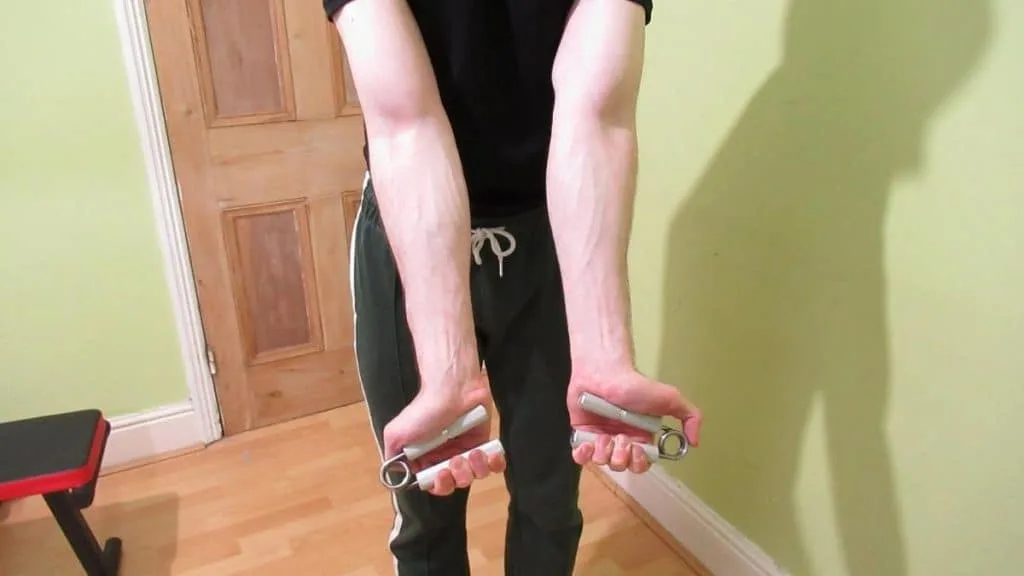
While you always want to rest enough between training bouts to allow for muscle recovery and growth, doing wrist and forearm workouts 1-2x per week is a great method for improving the appearance of your lower arms.
I’ll get into the specific drills in a bit, but in short, you want to do one exercise that targets wrist flexion, one that works wrist extension, and one that focuses on grip strength. This way, you’ll target all the functions of the forearm and stimulate optimal muscle growth.
Do wrist and forearm drills first in your routine
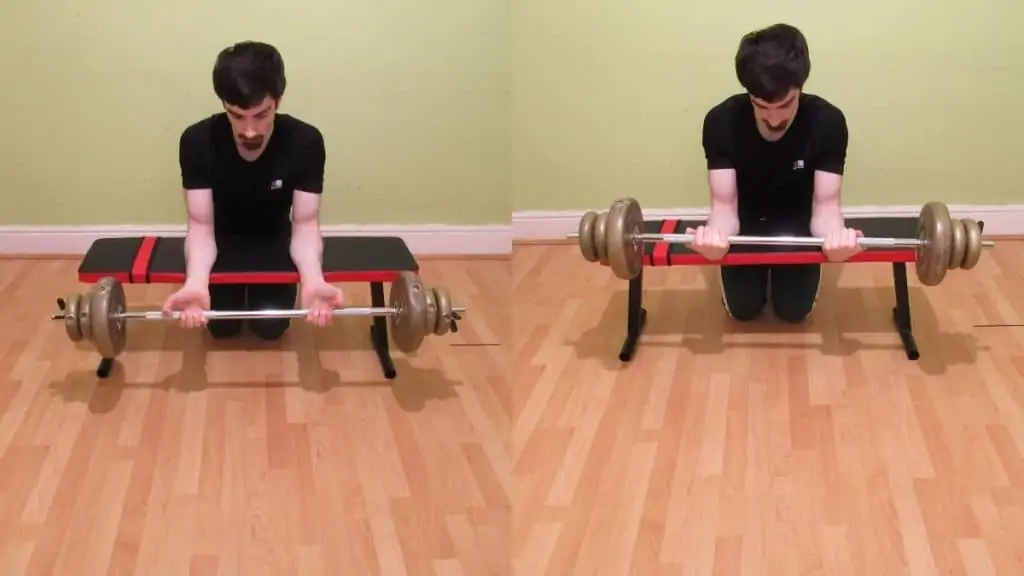
The exercises and body parts that get trained first in an exercise routine often gain the most strength and size. This is called the priority principle, and we can use it to our advantage when working out how to get bigger wrists and forearms.
The downside is that training your lower arms before a back workout, for example, can severely hamper your efforts during pull ups and rows. Therefore, for best results, I recommend doing your exercises for bigger wrists and forearms on a separate day, where possible.
The great thing is that you can see results from a training frequency of just 1-2 times per week. Plus, with even basic equipment like dumbbells and weight plates, you can achieve a fantastic workout at home. This means that you don’t need to trek to the gym just to do a wrist forearm workout.
Eat quality, healthy protein

As we already know, genes passed on from your parents are what primarily determines the extent of your bone (and thereby wrist) structure. For example, I know a few fellas who have large builds but who ate poor, junk-food-based diets growing up. They’re still large simply because of their genetics.
And while there’s no need to devour the biggest steak in the butcher’s shop, ensuring that your diet is high in fish, meat, dairy, and eggs is a great way to make sure that your bones and muscles are getting the nutrients that they need to grow big and strong.
Consume enough calories
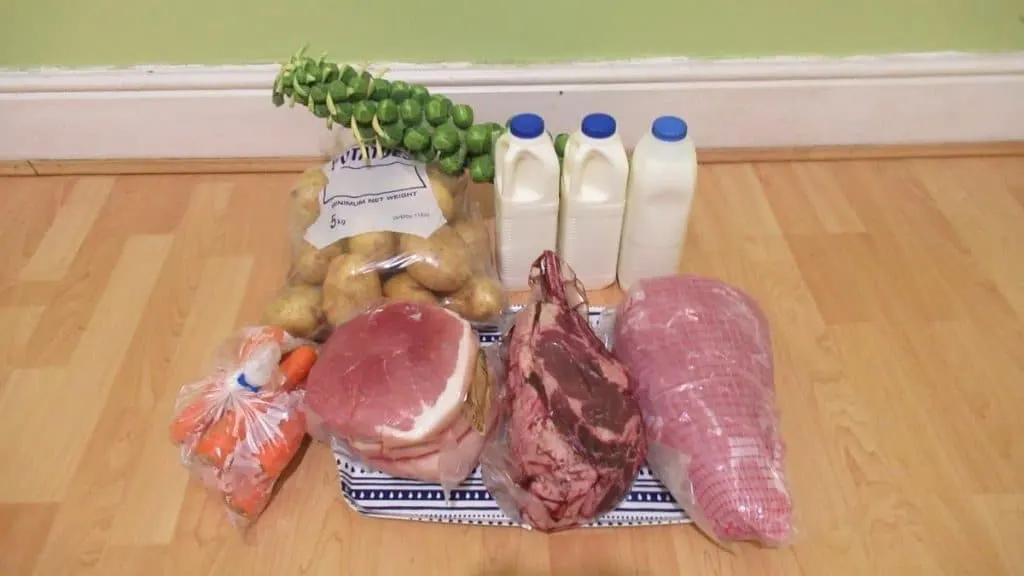
Proper wrist and forearm strengthening exercises are tough. So if you want to achieve remarkable results, then you need to consume enough calories to support the growth of new muscle tissue.
Again, there’s no need to eat loads of excess junk carbohydrates. Eating in a small calorie surplus is enough to trigger weight gain and thus growth in the lower arms.
If your diet is already healthy and contains the quality meats, fish, dairy, etc., mentioned above, then consider simply adding an extra portion here or there to fuel your training.
Forearm and wrist exercises
These forearm and wrist exercises will add muscle to your lower arms all the way from your hands to your elbows.
Hammer curl
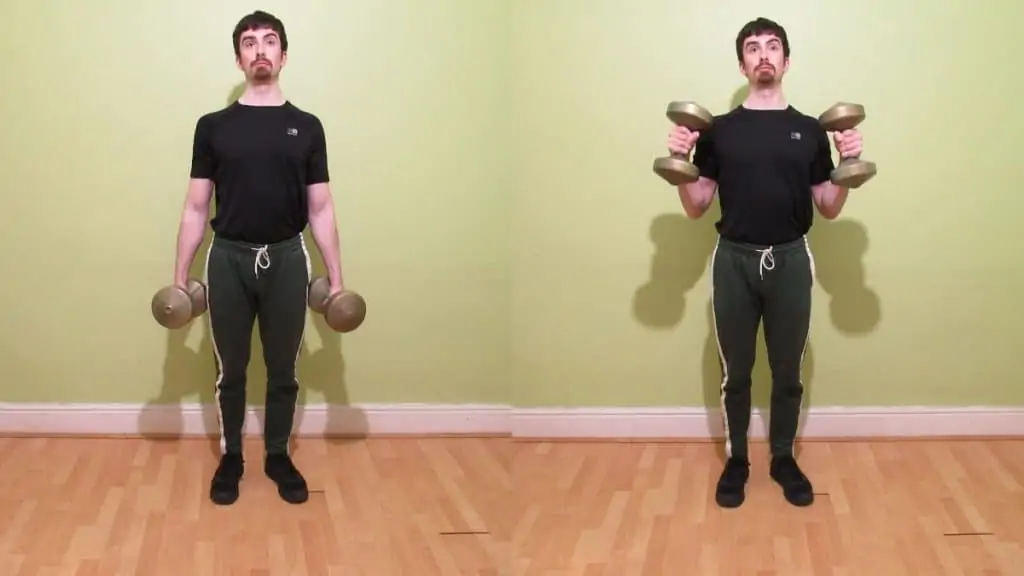
Hammer curls are great because you can lift more weight than you can with regular bicep curls. You’ll need to use your gripping muscles to hold onto the dumbbells, and your brachioradialis will see noticeable gains if you’re consistent, which will result in a more three-dimensional appearance for your arms.
Since the brachioradialis is a long muscle, it will specifically make your forearms pop out more. This is a proven way to level up your overall wrist and forearm size.
Loaded carries
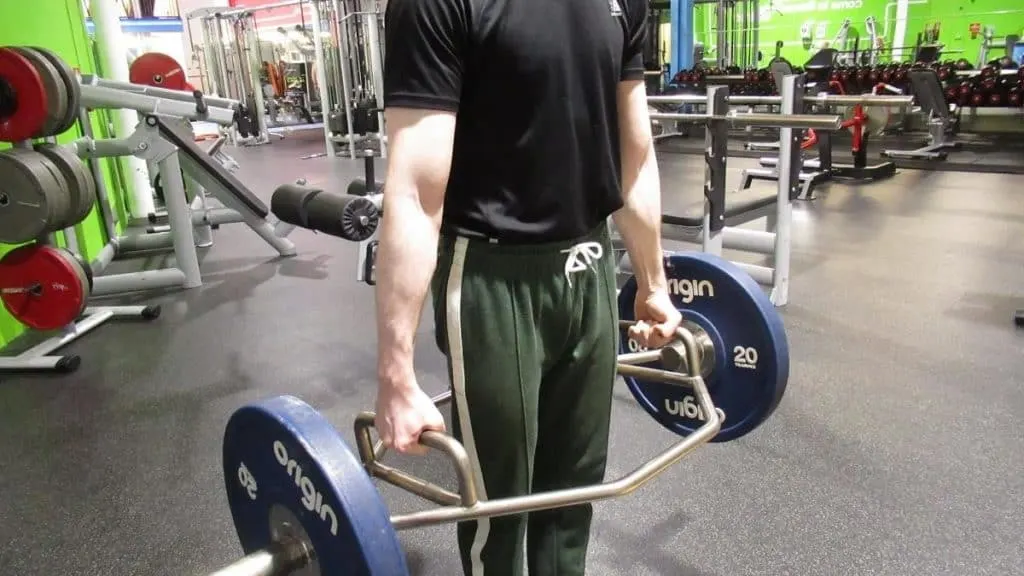
Any exercise that requires a firm grip is excellent for the wrists and forearms because you’re really relying on your wrist joints to hold onto the weight. [3] Loaded carries are a top choice for many people because they work the muscles of the hand as well as the muscles in your wrists and forearms.
Simply hold two dumbbells by your sides with a neutral hand position. Then, walk up and down the gym for 30-45 seconds while maintaining a firm grip on the weights. Initially, try to keep the dumbbell handles in the palms of your hand. This will maximize the forearms and wrist activation.
After a while, however, you might notice that the weight starts to slip into your fingers. This is a completely natural side effect of your grip getting a good workout, so don’t worry about it. Overall, it’s easily one of the best exercises for forearms and wrists out there.
Forearm curls
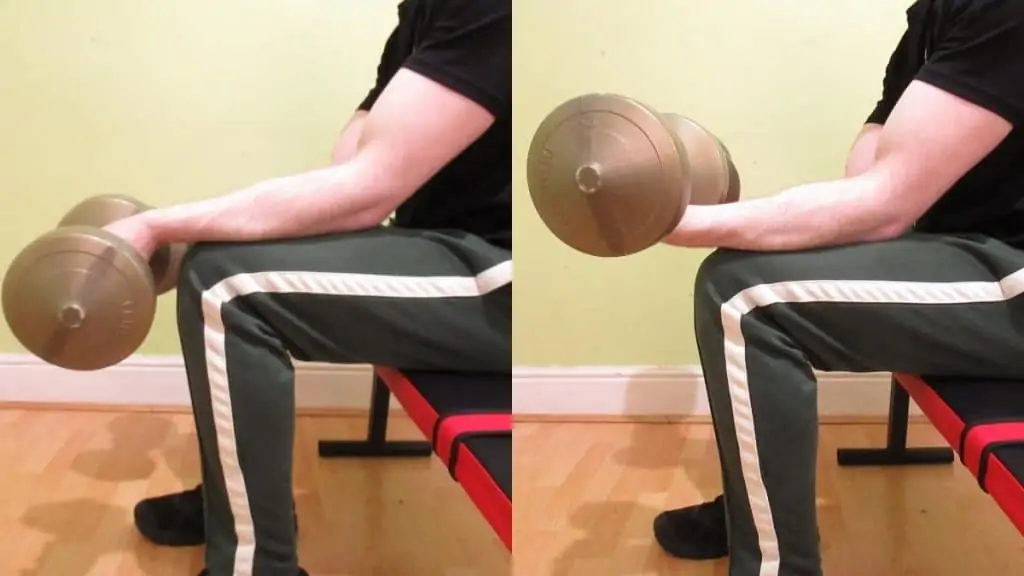
Wrist curls are a staple in any bodybuilder’s training routine because they allow you to focus 100% of your attention on hammering the target muscles. All you need is a dumbbell (or a barbell) and a flat surface like a weight bench.
From there, rest your forearms on the bench in a palms-up position. Then, lower the dumbbells towards the floor by bending your wrists. Descend until you feel a good muscle stretch, and then immediately bring the weights back up by flexing your wrists.
To work the other side of your forearms and wrists, place your arms in a palms-down position. You’ll need to lighten the weight slightly for this one because the extensors (top of the forearm) are naturally weaker than your flexors.
Taken together, these exercises will build overall strength in both the wrists and forearms. [4]
Forearm and wrist workouts
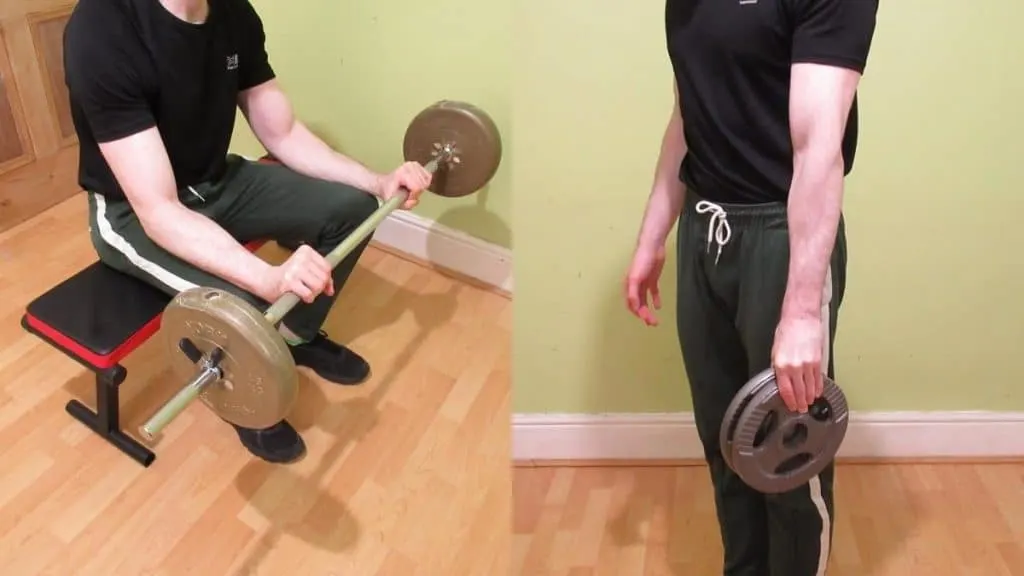
These forearm and wrist workouts will build lean muscle mass and definition. If you stick to basic, proven exercises, then you can see a lot of new growth even if you don’t have access to modern gym equipment. A simple set of dumbbells and a hand gripper will do the trick nicely.
1: Plate pinches — 3 x 30 second pinches
2: Farmer’s walk — 3 x 30-45 second holds
3: Wrist curls — 3 x 10-12 reps
4: Reverse wrist curls — 3 x 15-20 reps
5: Reverse bicep curls — 3 x 8-12 reps
Is wrist and forearm strengthening important?
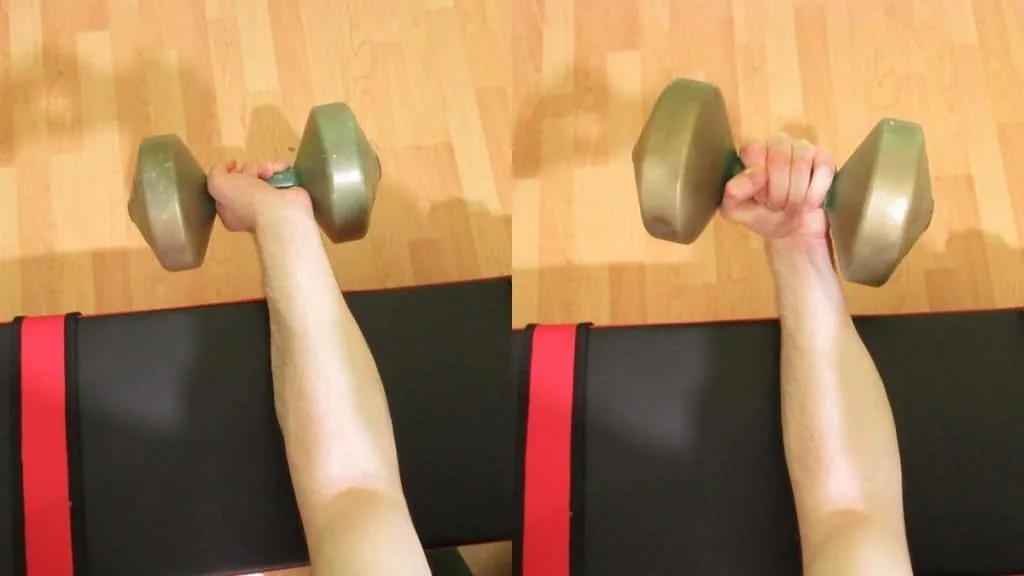
Yes, forearm and wrist exercise is important for improving the size of your lower arms. This is because, in order for a muscle to grow to its fullest potential, you need to ensure that it’s the main point of failure in at least one exercise.
This is why bodybuilders will generally do hamstring curls in addition to squats. The hamstrings aren’t the main point of failure in squats, but they are in leg curls.
What are the best exercises for forearms and wrists overall?
Overall, loaded carries are the best drill for getting bigger wrists and forearms because they train your grip as well as the forearm flexors and extensors. Wrist curls, on the other hand, only train one function.
Can you get bigger forearms and wrists after puberty?
Increasing your overall forearm muscularity can lead to the appearance of bigger wrists because you’ll have new muscle covering the area between your hands and lower arm.
However, if your bone structure is already fully developed, then it’s unlikely, but not impossible, that you’ll actually develop larger wrist bones.
Conclusion: The truth about developing bigger wrists and forearms
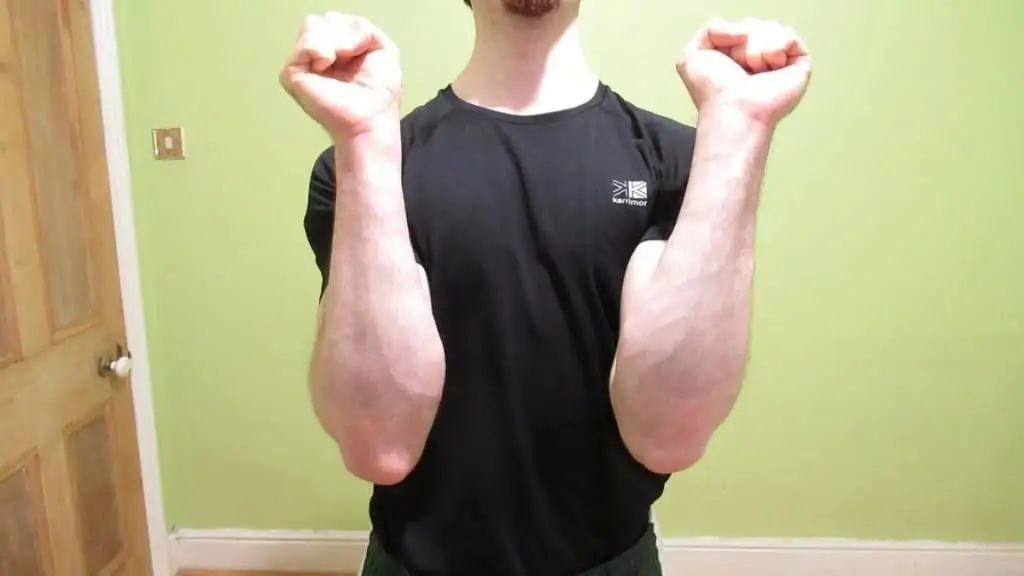
Now that you’ve learned how to get bigger forearms and wrists, it’s time to put that knowledge into practice. Training, diet, and rest are the 3 critical components for improving any muscle group, so don’t forget the basics!
You’ll probably find all sorts of weird and wonderful forearm and wrist workouts out there. And while some of them may get results, the latest fitness fad will never replace the proven basics. Just look at anyone with a strong grip. I bet they have the forearm muscle to match.
So, choose a wrist forearm workout and then make sure that your diet is high in protein, micronutrients, and also ensure that you consume enough calories to support your training.
I hope that you found this article on how to get bigger wrists and forearms useful. Feel free to share it with a friend if they’re seeking to achieve similar lower arm gains.
References
- NHS website. (2018, November 16). Stages of puberty: what happens to boys and girls. Nhs.Uk. https://www.nhs.uk/live-well/sexual-health/stages-of-puberty-what-happens-to-boys-and-girls/
- Sissons, C. (2020, January 6). What age do boys stop growing? Medical News Today. https://www.medicalnewstoday.com/articles/320676
- Sulkers, G. S. I., Videler, A. J., Strackee, S. D., Smeulders, M. J. C., & Mulders, M. A. M. (2017). Long-Term Functional Results of a Wrist Exercise Program for Patients with Palmar Midcarpal Instability. Journal of Wrist Surgery, 07(03), 211–218. https://doi.org/10.1055/s-0037-1612594
- Chanavirut, R., Udompanich, N., Udom, P., Yonglitthipagon, P., Donpunha, W., Nakmareong, S., & Yamauchi, J. (2017). The effects of strengthening exercises for wrist flexors and extensors on muscle strength and counter-stroke performance in amateur table tennis players. Journal of Bodywork and Movement Therapies, 21(4), 1033–1036. https://doi.org/10.1016/j.jbmt.2017.02.002

